by Craig Brelsford
Founder, shanghaibirding.com
This post covers the eighth and final week of our two-month birding expedition in Qinghai. The featured image above shows dunes and mountain in the remote backcountry of Wulan County, where we spent most of Week 8.
THE FINAL WEEK

The eighth week lasted from from Sun. 14 Aug. to Sun. 21 Aug. My wife and partner Elaine Du and I spent most of Week 8 in Wulan County, Haixi Prefecture. Amid stunning scenery, we found Tibetan Wolf, discovered a new location for Przevalski’s Partridge, and around Lake Xiligou had a rare eastern record of Water Rail as well as Qinghai favorites Black-necked Crane, Tibetan Lark, and Henderson’s Ground Jay. The lake held Black-necked Grebe and a noisy super-flock of 4610 Ruddy Shelduck, and Mongolian Goitered Gazelle were in the hills behind. Near Chaka we had Mute Swan, and at a site south of Gonghe-Qiabuqia we noted Dusky Warbler, the 195th and final species of our two-month trip.
WORKING ‘VACATION’ IN WULAN

Elaine and I had spent 15 straight nights in our tent when in the afternoon of Sun. 14 Aug. we pulled into Wūlán Xiàn Hóngxiáng Jiǔdiàn (乌兰县鸿翔酒店, 36.927295, 98.479888). This comfortable hotel in Wulan would shelter us for the next three nights. We did no more birding on the 14th. The next day, the 15th, a group of Elaine’s former co-workers who happened to be vacationing in the area stopped by our hotel for a big lunch. As in Xining in July, our vacation-within-a-vacation gave us the breather we needed.
Our explorations resumed on Tues. 16 Aug. In the morning, we reconnoitered the north side of Lake Xiligou (36.838594, 98.462896), the little-birded saline lake south of Wulan. The elevation around Lake Xiligou is 2950 m (9,680 ft.), more than 1100 meters (3,610 ft.) lower than chilly Hala Lake, where we had spent the previous week.
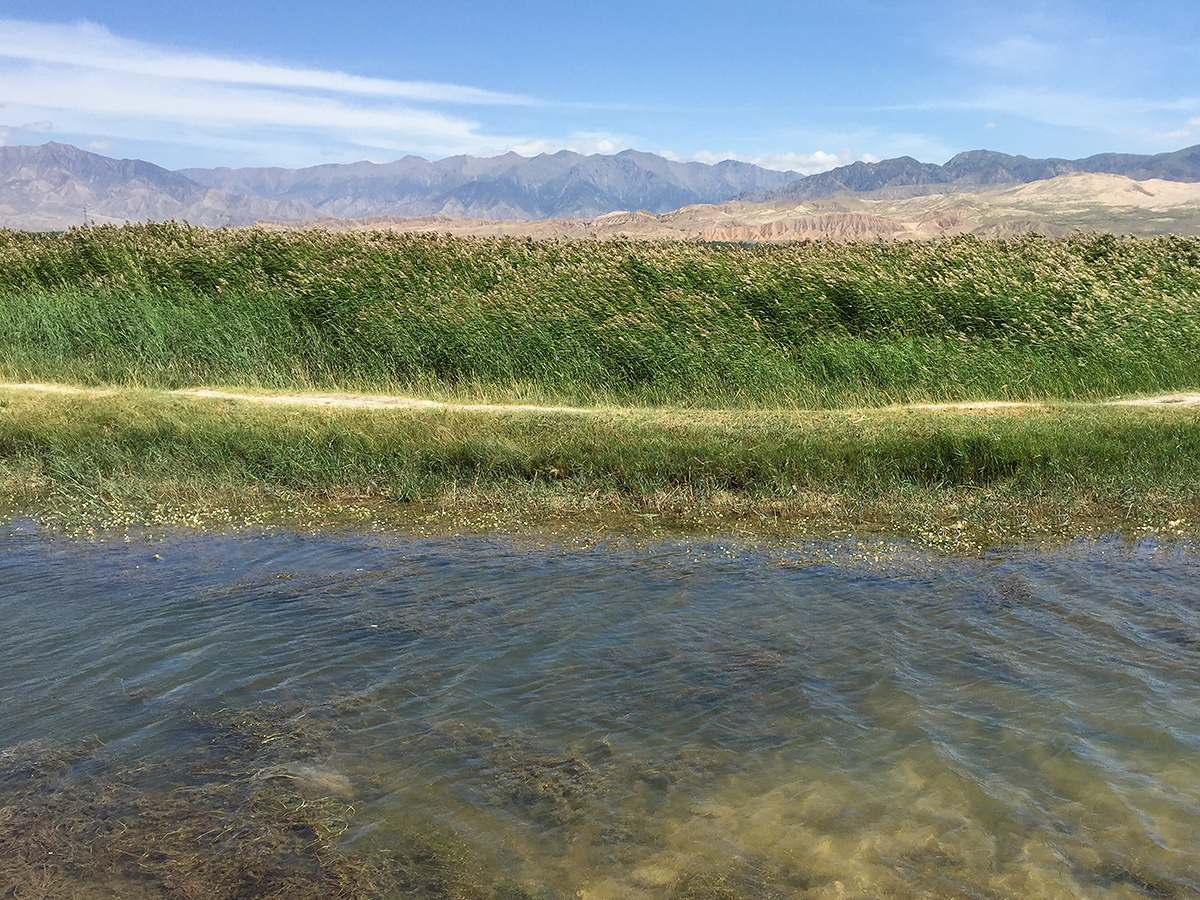
At a productive marshy area (36.899263, 98.494709) we heard Water Rail calling from the reeds, picked up trip-first Richard’s Pipit, and welcomed back Tibetan Lark to our Qinghai list. The scrub nearby yielded a single Henderson’s Ground Jay.
Despite those successes, approaching Lake Xiligou from the north was not optimal, because the lake is shrinking, and the shrinkage is most pronounced on the north shore. The more remote south shore, by contrast, which we visited in the afternoon, was a revelation.
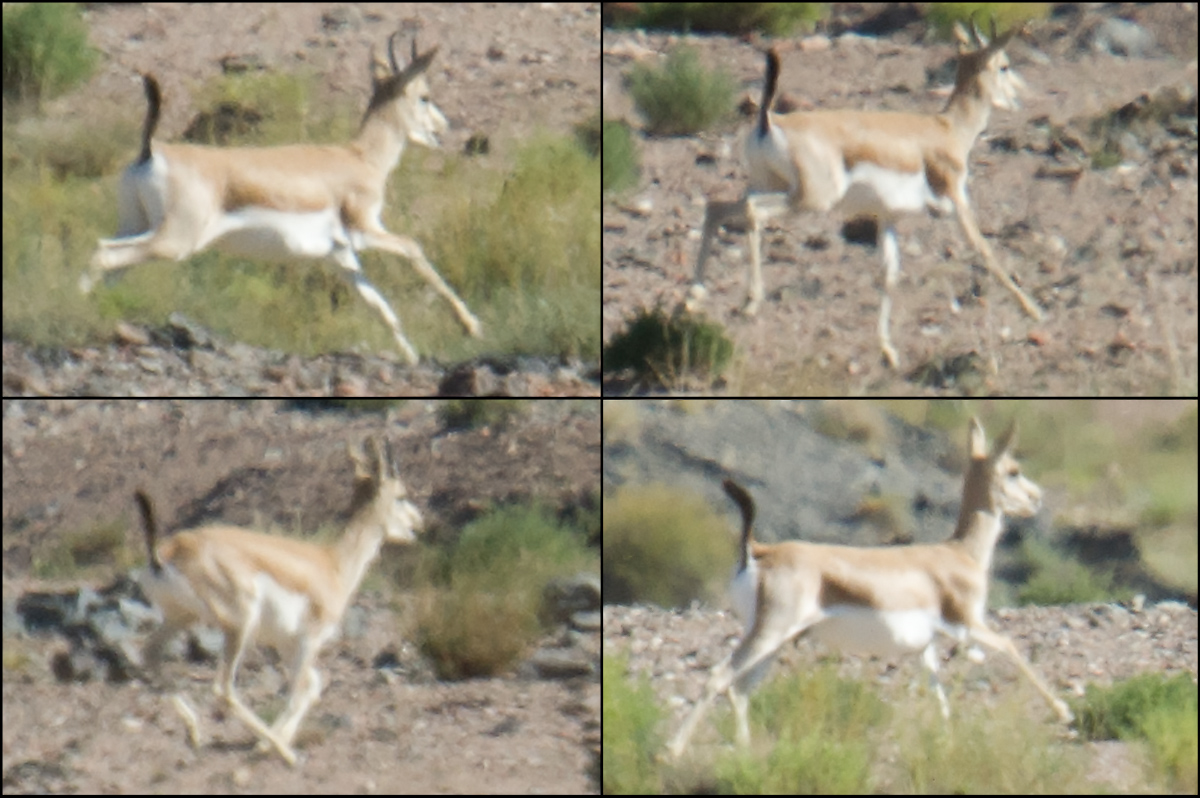
The show started while we were still in the semi-desert. We found a black-tailed gazelle that did not bound away like a Tibetan Gazelle, but galloped. It was Mongolian Goitered Gazelle Gazella subgutturosa hilleriana. We found 12.
As we approached the south shore, we heard a roar coming from the water. The source was Ruddy Shelduck, of which we counted 4610. Next in numbers was Brown-headed Gull (625), Black-necked Grebe (275), and Black-winged Stilt (210). 4 bugling Black-necked Crane made up with charisma and grace what they lacked in numbers. Lake Xiligou also yielded a single Greylag Goose, 7 Common Shelduck, 20 Northern Shoveler, 4 Common Pochard, 1 Great Crested Grebe, and 35 Pied Avocet.
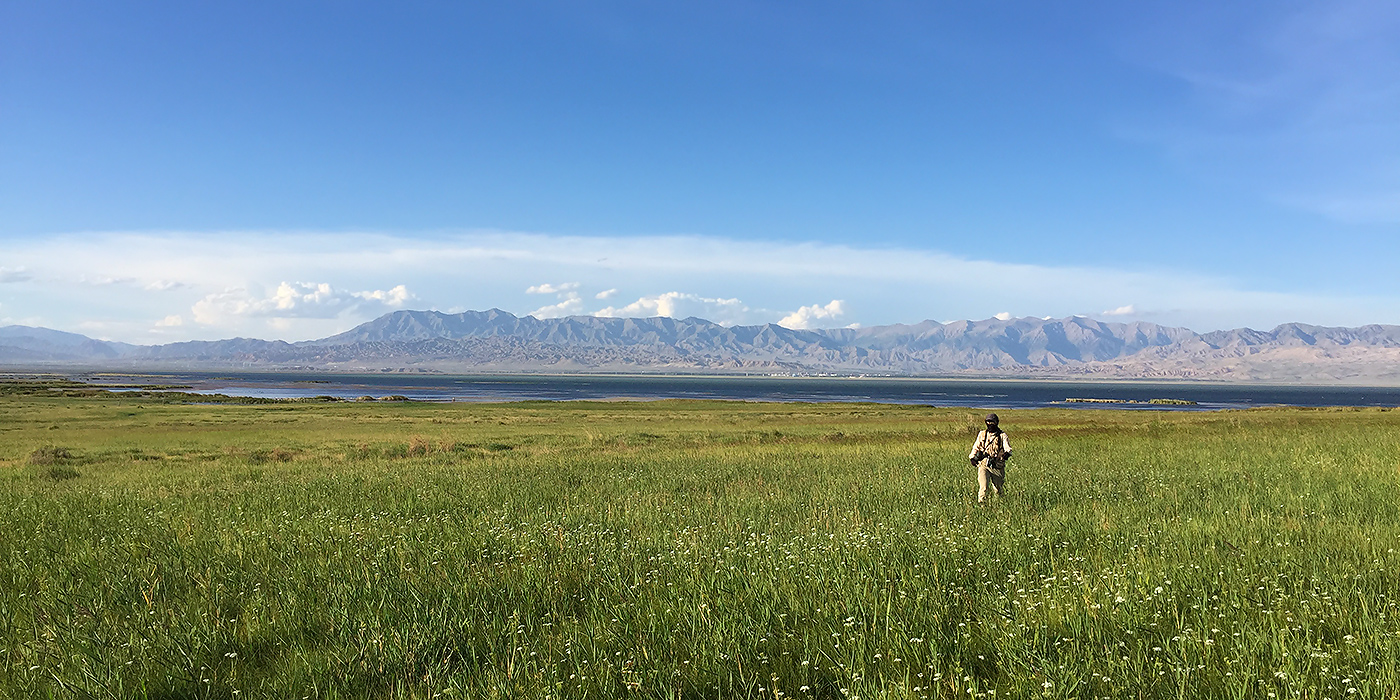
Driving out in the dark, we found 3 jerboa, two of them long-eared and presumably either Gobi Jerboa or Mongolian Five-Toed Jerboa, and the third short-eared and long-tailed and presumably Northern Three-toed Jerboa. What fun it is to watch these “jumping mice” (跳鼠) hop across the chaparral.
THE BACKCOUNTRY OF WULAN COUNTY
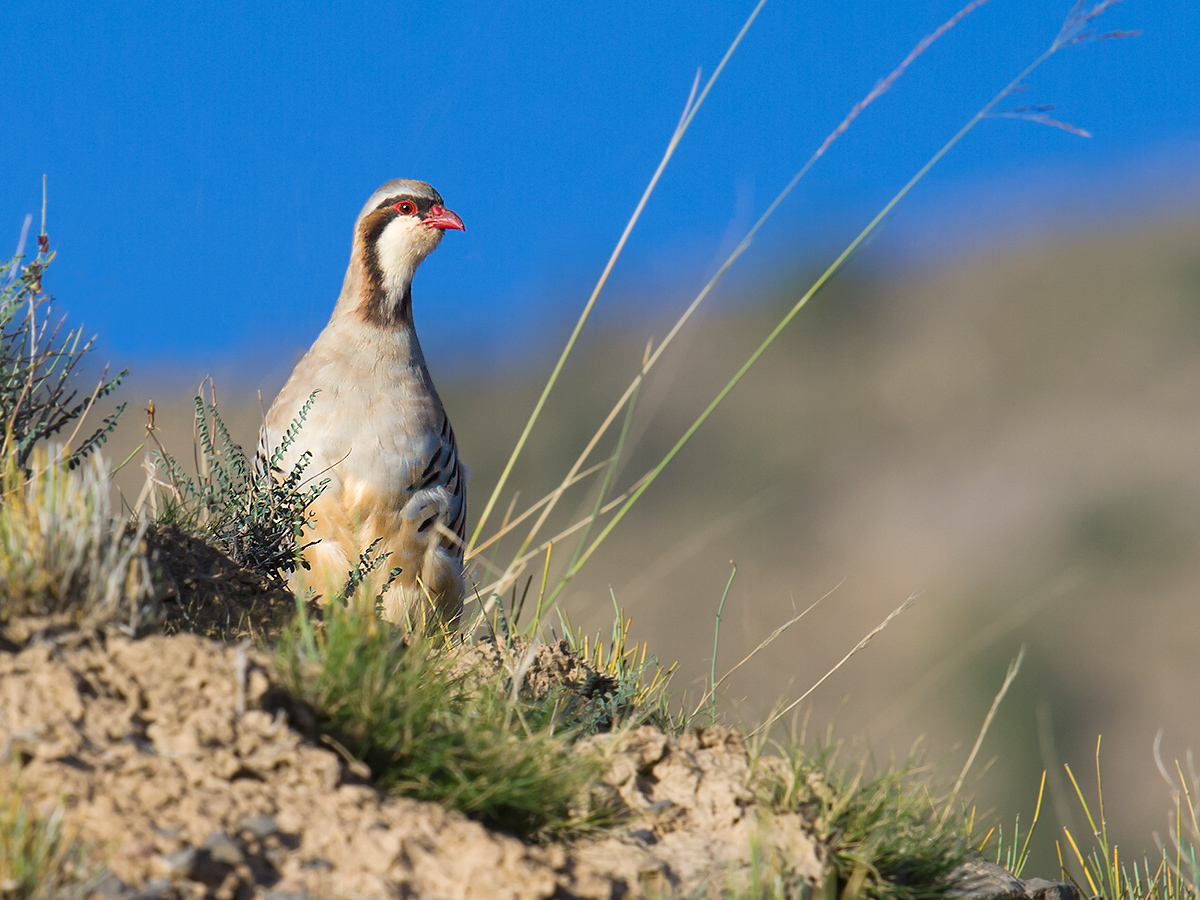
On Wed. 17 Aug. Elaine and I were back on the road, exploring the area south of Wulan and north of Dulan (36.299080, 98.091569). Here Elaine and I found some of the best scenery and most remote country of our entire two-month Qinghai trip. We drove for hours, not passing a single car. We saw more Przevalski’s Partridge than people, the result of our finding a new site (36.826334, 97.965649) for the species 66 km (41 mi.) southwest of Wulan. The covey contained 13 birds. The site, at elev. 3380 m (11,090 ft.) and with well-vegetated hillsides and steep cliffs for roosting nearby, meets the basic demands of the species and may hold the partridges throughout the year.
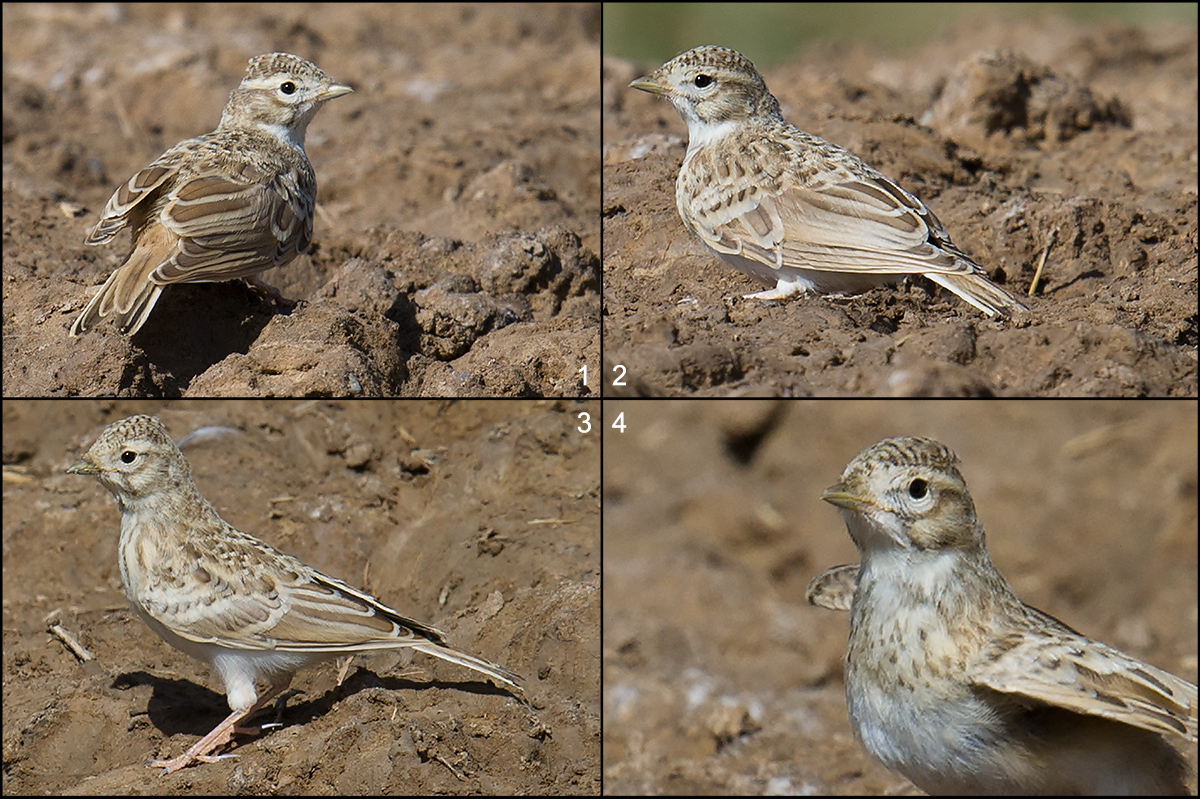
On Thurs. 18 Aug., on the way to Jinzi Lake (36.719109, 97.886371), we found a group of Mongolian Goitered Gazelle sprinting across the road. I once again noted the power and speed of these animals. Jinzi Lake is a spring-fed freshwater pond, elev. 2990 m (9,810 ft.). Here we found adult and juvenile Black-necked Grebe and Great Crested Grebe. At the lake we added to our Qinghai 2016 list Eurasian Coot, and later in the desert Tarim Babbler joined the list. We studied carefully the short-toed larks in the marshy areas near the lake. All were Asian Short-toed Lark.

I drove into a sand dune and got stuck. With our handy shovel I dug the car out. I learned two lessons from the incident. First, sand is treacherous; never approach it flippantly. Second, always have tools in your car, especially in remote places. Without that shovel, I would not have been able to dig the car out. I would have been at the mercy of some local—assuming we had found someone. We were able to continue birding after a short delay.
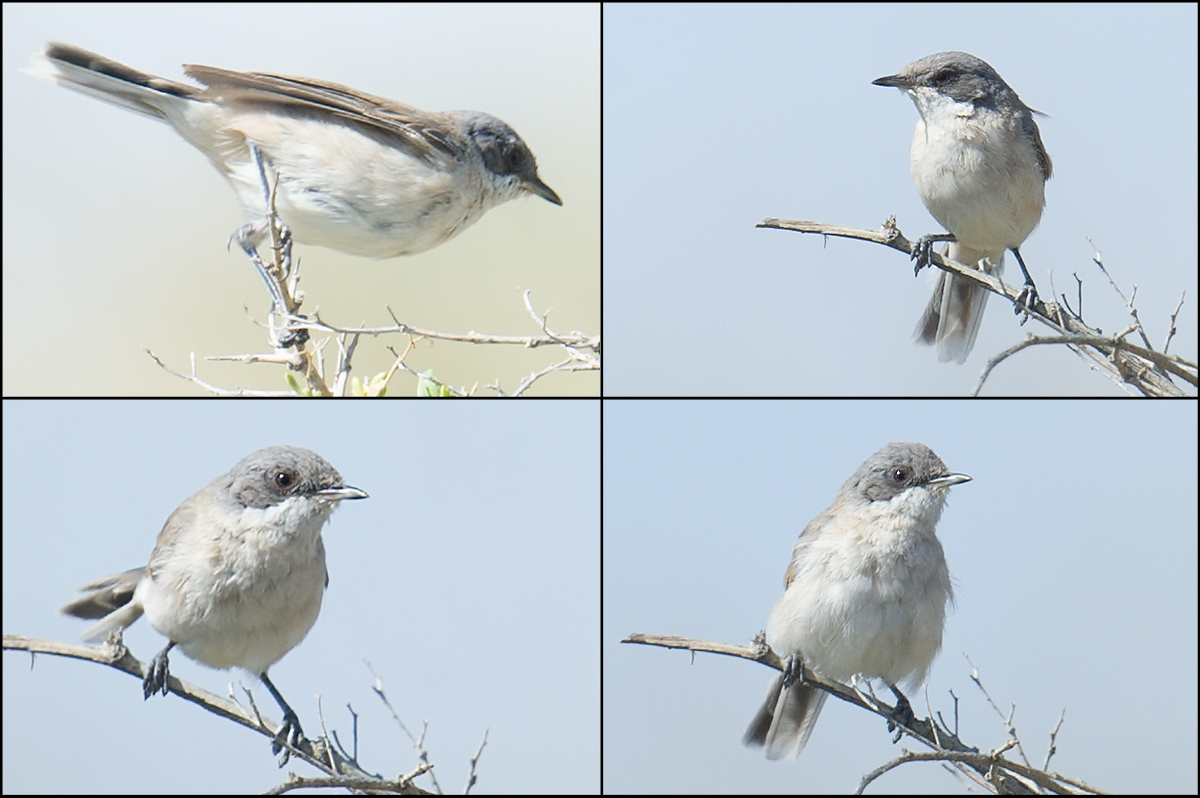
On the morning of Fri. 19 Aug. we found a watering hole in the desert near Jinzi Lake. The pool attracted Desert Whitethroat, a lone Temminck’s Stint, Tarim Babbler, several Isabelline Wheatear, and a Citrine Wagtail.
RESCUING REDSTARTS

On the afternoon of Fri. 19 Aug. Elaine and I were driving through Lianhe Cun (36.622738, 98.233933). We did a double-take. Someone had hung bird netting along the main road, in plain view. The nets were apparently some ill-advised attempt to protect the local crop of wolfberry growing in the gardens behind. Wolfberry or gǒuqǐ (枸杞) is an edible fruit grown in irrigated cropland in Haixi Prefecture.
The scheme was not only callous but also futile, as nearly all the birds could see the netting and were flying over it into the gardens. The only result the netting was having was to kill a few of the birds—and demonstrate the ignorance of the net-setters.
I saw two Black Redstart enmeshed in the netting. They were alive and struggling. In full view of the farmers, who were selling their wolfberry just yards away, I pulled out my knife and cut the redstarts out.
It was quite a job. The netting catches onto any irregular surface—claws, toes, wings, bill. And the redstarts are fragile. If I squeezed the frightened bird even a little too much, it would die in my hand. As I handled one of the beauties, a sleek adult male, the redstart pecked weakly at my fingers.
I set the redstarts free and drove off. I looked at the hard-bitten farmers, their faces wrinkled like raisins after years toiling in the desert sun. I told Elaine: “Poor folks can be materialistic, too—all that cruelty for a measly couple of yuan.”
TIBETAN WOLF
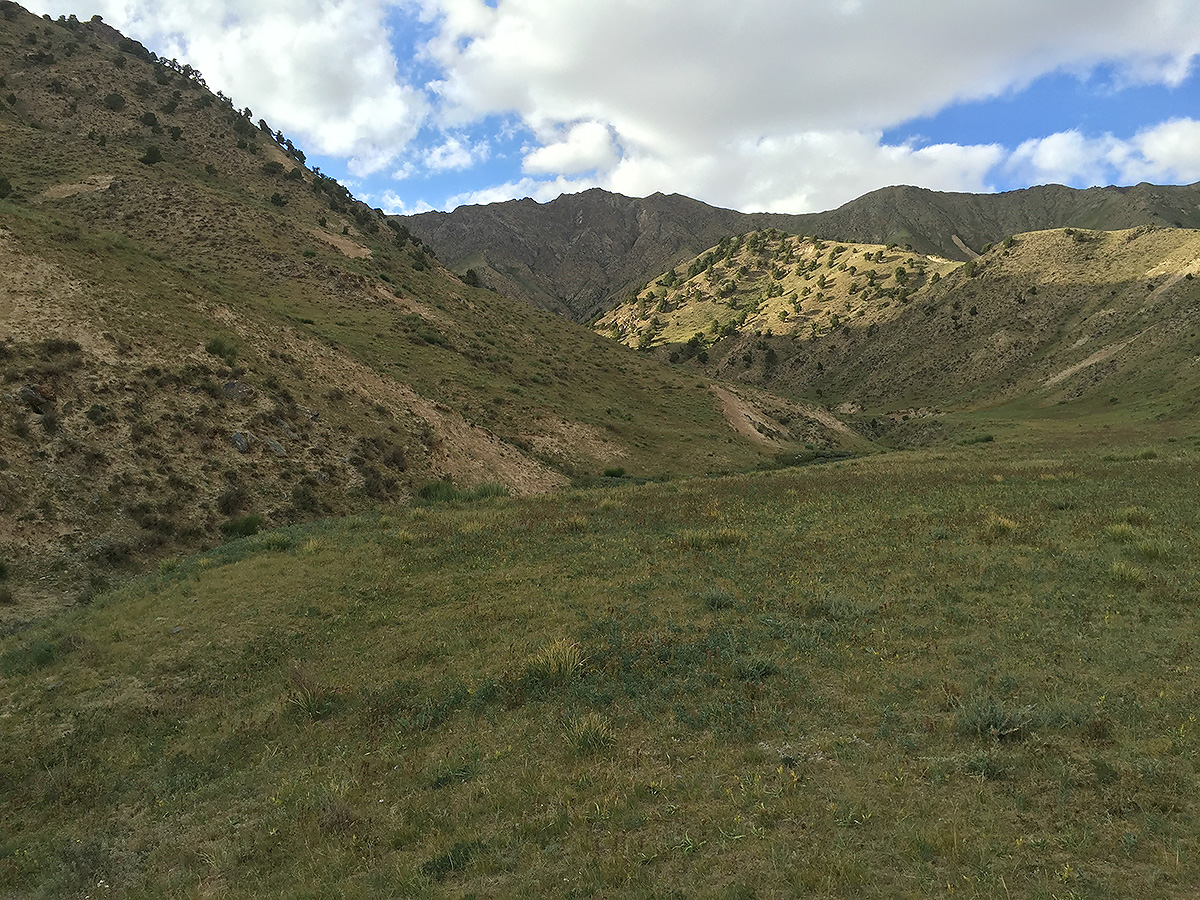
Later on Fri. 19 Aug. we found 3 Tibetan Wolf at the well-known Przevalski’s Site (36.457249, 98.502578). With our trip winding down, and steadily making our way east toward Xining and the airport, Elaine and I passed by the Przevalski’s Site and decided to make a lunch stop there. We drove off the G109 and motored through the arid grassland to the base of Partridge Hill, where Przevalski’s Partridge are often found.
After lunch, I said to Elaine, “I’m going to read that slope like a book.” I was talking about the slope that rises about 700 m (2,300 ft.) from the valley floor where we were parked and is about 1500 air-meters away. During our visit in July with Jan-Erik Nilsén, I studied the slope and found Blue Sheep clinging to the nearly vertical wall.
I pulled out my Swarovski ATX-95 and mounted it atop my Manfrotto head. To reduce the effect of the wind, I was seated with the legs of the tripod unextended. As is my habit, I scanned the ridges first.
I found 3 Tibetan Wolf on the ridge. Canus lupus filchneri is a small ssp., and at first I mistook the wolves for foxes. They had black-tipped tails, ocher fur on the back and outer legs, an off-white band on the upper back, and a white muzzle and throat. They moved with ease across the slope.
Battling heat haze, I struggled to keep up with the wolves. I held on for 5 to 10 minutes, during which time I noted their efficient gait, saw them investigating every nook and cranny in their path, and watched them sure-footedly clamber up steep rocks. Elaine took a peek, her first look ever at a wolf.
The wolves disappeared, and strangely enough about 30 minutes later a flock of 40 Blue Sheep, including several lambs, moved into the area. We waited for the wolves to attack, but no attack came.
A major birding location in Dulan County, the Przevalski’s Site is so named because it is reliable for Przevalski’s Partridge and Przevalski’s Redstart. On 19 Aug. the site delivered a covey of 18 partridges, emerging as if on cue from the base of Partridge Hill for a late-afternoon feed. No Przevalski’s Redstart were found, the wheeze of Pine Bunting was no longer heard, and even that little fighter Alpine Leaf Warbler was subdued.
As I stood there watching the now-skulky Alpine Leaf Warbler, so feisty when we arrived in Qinghai in June, it occurred to me that Elaine and I had spent virtually the entire summer in Qinghai.
We continued east, to Chaka (36.791576, 99.078878). At a spot (36.787688, 98.987532) for Henderson’s Ground Jay west of town, now flooded after much recent rain, we added our 194th species of bird for Qinghai 2016: Mute Swan.
THE END
On Sat. 20 Aug. Elaine and I drove from Chaka to a point (36.206372, 100.534206) south of Gonghe-Qiabuqia. There we spent our final night. The next morning, in the scrub near our camp I found Crested Lark and Dusky Warbler, the latter the 195th and final species of the trip.
We drove to Xining Caojiabao Airport, returned the Sportage, and flew back to Shanghai.
PHOTOS

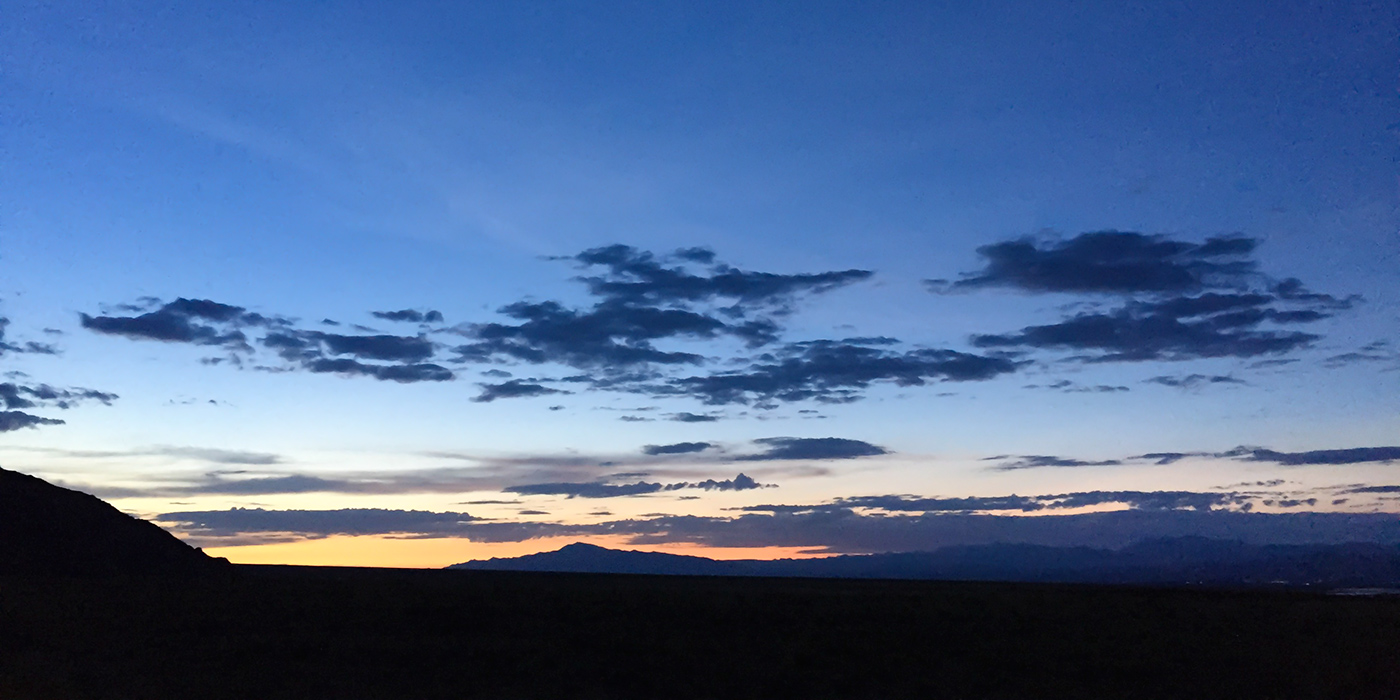
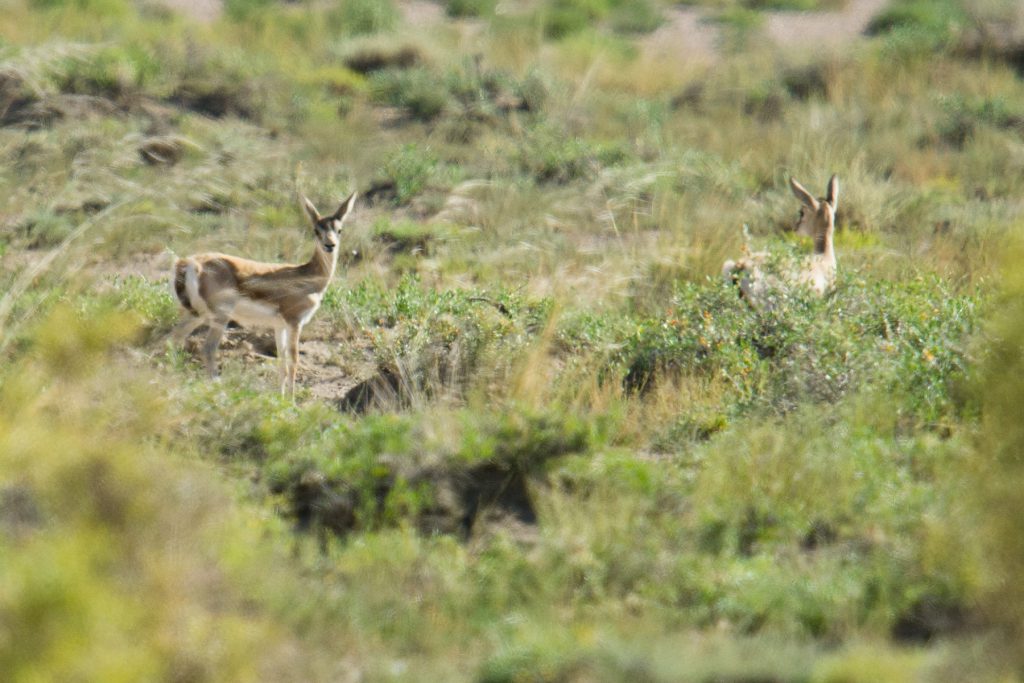
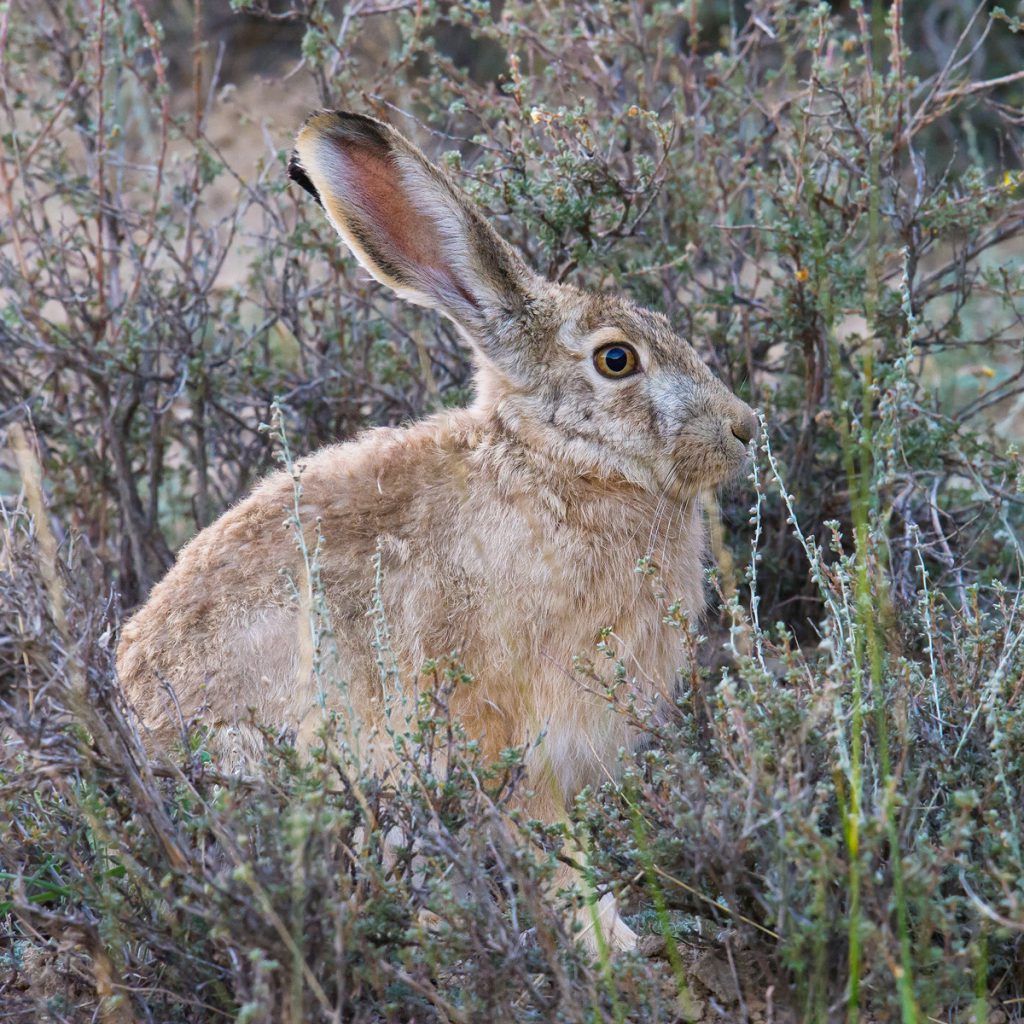
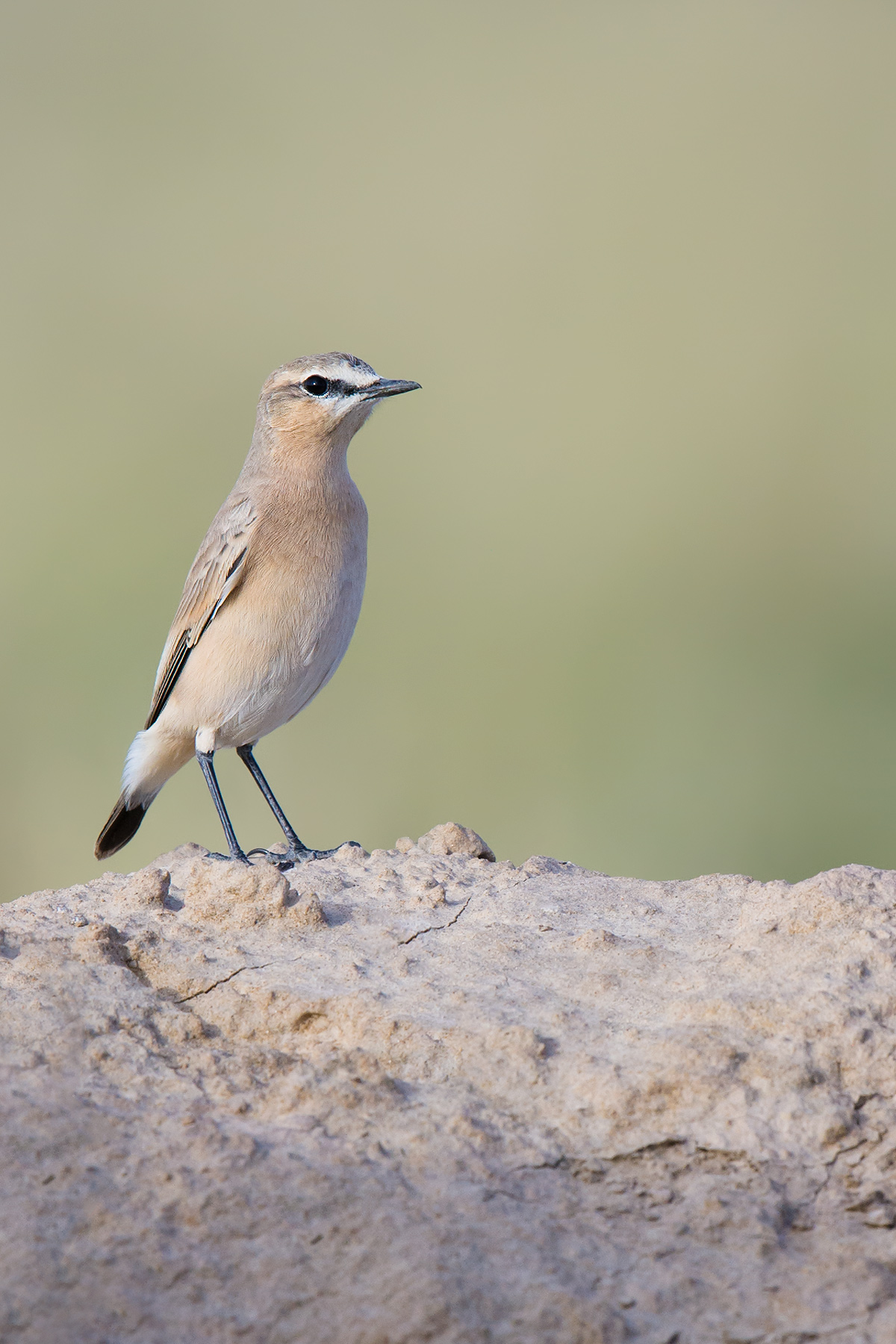
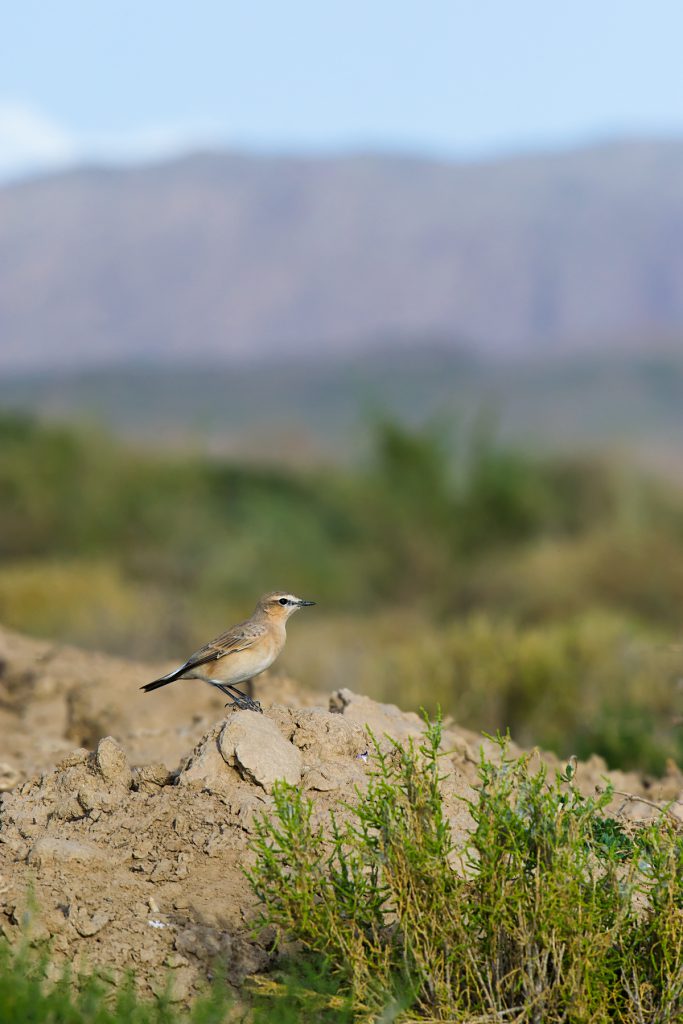
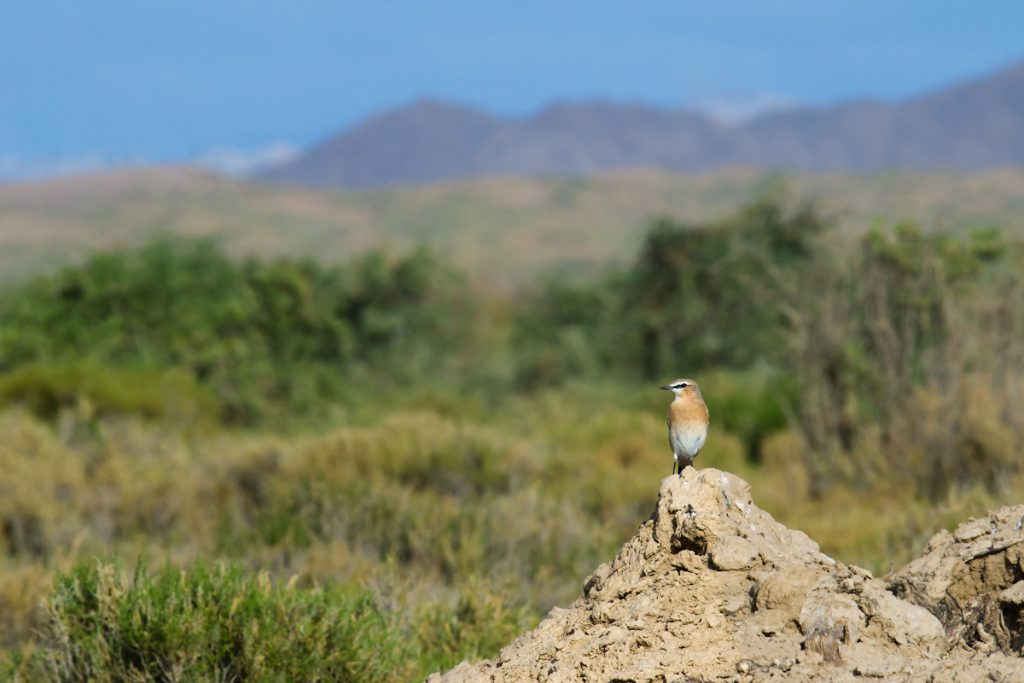
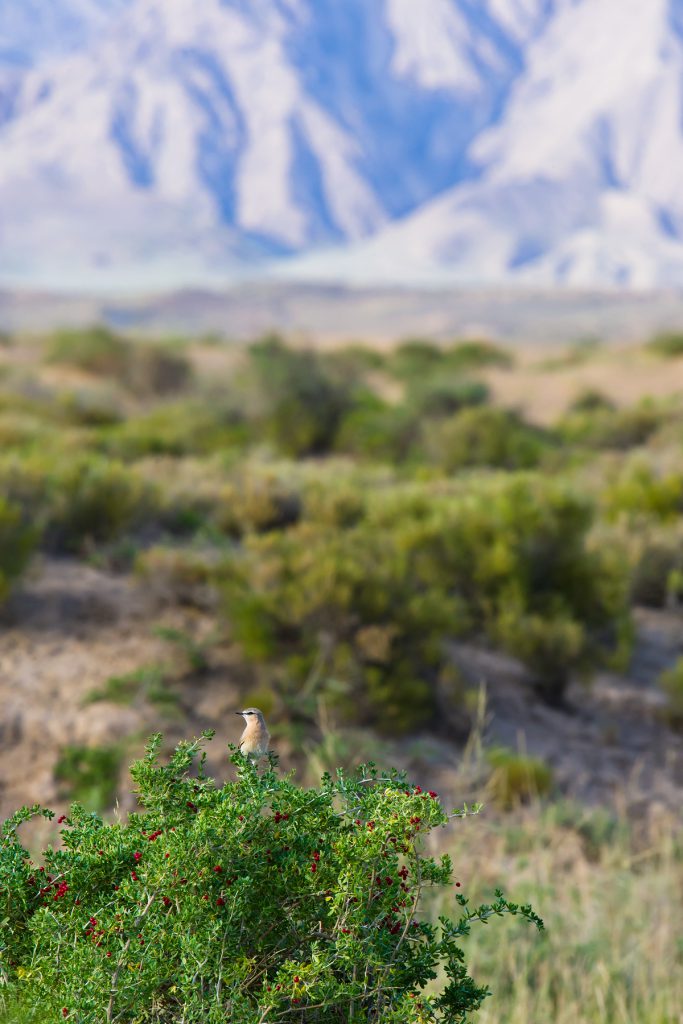
INDEX
shanghaibirding.com offers unparalleled coverage of birding in Qinghai. Below is an index to our posts on Qinghai. Reach us at info@shanghaibirding.com.

Summer-long Birding Expedition to Qinghai (Introduction): We birded Qinghai from June to August, spending the entire summer in the province. We noted classic Tibetan Plateau birds White Eared Pheasant, Black-necked Crane, White-browed Tit, and Przevalski’s Redstart. We explored little-birded northern Qinghai, discovering new locations for Przevalski’s Partridge, Tibetan Sandgrouse, and Gansu Leaf Warbler.
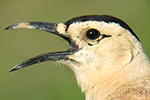
Birding Eastern Qinghai, from the Border with Gansu to the Border with Tibet: We spent the first two weeks of the expedition covering eastern Qinghai, from the Gansu border in northeast Qinghai to Ga’er Monastery on the border with Tibet. We had Henderson’s Ground Jay west of Chaka, Ibisbill on tributaries of the Mekong River, White-browed Tit in scrub along the G109, and Güldenstädt’s Redstart breeding near Qinghai Lake.

Birding Qinghai’s Eastern Yushu Prefecture: We found Tibetan Lynx in the Kanda Mountains, discovered new birding sites, and at an art school in the wilderness immersed ourselves in Tibetan Buddhist culture. Among our highlights were Grandala and Red-fronted Rosefinch, the highest-breeding bird in the Palearctic. Our mammals included White-lipped Deer and Mongolian Five-toed Jerboa, and we saw evidence of attacks by Brown Bear.
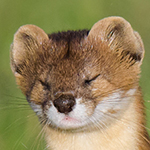
Birding the Qilian Mountains of Northern Qinghai: Our most important discovery was the poplar forests along the Heihe and Babao rivers, where we encountered woodland species Gansu Leaf Warbler and Chinese Thrush. Conifer forests yielded Black Woodpecker, and the scrub and pastureland gave us Eurasian Eagle-Owl, Siberian Roe Deer, and Mountain Weasel.
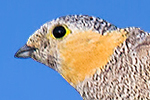
Forbidding (and Forbidden) Hala Lake: Defying a ban on foreigners, we birded the wild, remote inland sea in north-central Qinghai, elev. 4077 m (13,376 ft.). The lake yielded several interesting Qinghai records, among them Little Stint, Curlew Sandpiper, and Eurasian Whimbrel. Near shore, in perfect semi-desert habitat, we discovered flocks of Tibetan Sandgrouse.
Birding the Backcountry: Wulan County, Qinghai (you are here)
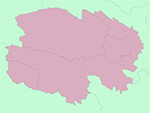
Index to Place Names in Qinghai: Study this list and plan your trip to Qinghai, the most exciting province for birding in China. We offer fascinating facts on famous places as well as sites little known, all with geographic coordinates. Read also our bibliography and use our index of eBird lists from the summer-long expedition.

Mammals and Birds of the Tibetan Plateau: Our team drove 3977 km (2,471 mi.) in 15 days, starting and ending in Golmud, Qinghai. In mountains as high as 5100 m (16,730 ft.), we found 98 species of bird. Mammals were the big stars. I watched a Tibetan Fox catch and devour a vole, we found 46 Tibetan Antelope and a Tibetan Wolf in Antelope Valley, and we saw dozens of Tibetan Wild Ass.
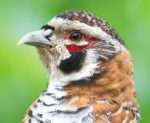
Tibetan Bunting Leads Parade of Tibetan Plateau Endemics in Qinghai: shanghaibirding.com founder Craig Brelsford led a three-person team on a 23-day trip to Qinghai. We covered most of the Tibetans (Tibetan Snowcock, Tibetan Partridge, Tibetan Babax, Tibetan Rosefinch, and Tibetan Bunting) and found Przevalski’s Finch near Qinghai Lake.
Qinghai in October: Jesper Hornskov and his team noted 178 species of bird in October, a time of year, Hornskov writes, “when few dedicated birdwatchers visit this unique land.”
Qinghai in the Age of Covid: Covid-19 complicated the trip, but watching Tibetan Wolf pups frolic made all the trouble worthwhile. We sampled a wide array of western China birds, among them Daurian Partridge, Pallas’s Sandgrouse, and White-winged Grosbeak.
In addition to coverage of Qinghai and our core area of Shanghai, shanghaibirding.com has extensive coverage of other areas of China, among them
Fujian
Northeast China
Sichuan
Xinjiang
Yunnan

